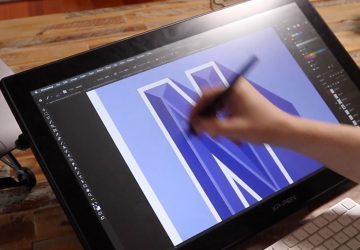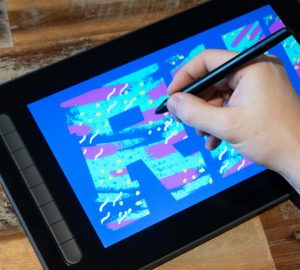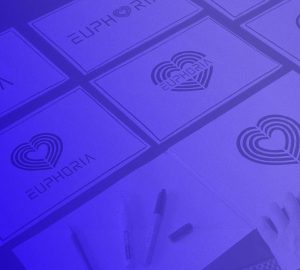As designers, we want to do the best we can on every project we undertake. To do this we need to come to the right creative solutions, which all starts with understanding what the client requires from the project. Many inexperienced designers want to dive right into the fun part of the design process, the artworking stage; the act of designing and creating.
It’s important to understand, however, that before you can get to this stage you must understand the project requirements. Failing to understand what is required on a project could mean you miss the mark completely, wasting both your time and the clients. Therefore, understanding the project’s requirements is probably the most important step in your design process.
When undertaking a project, we always want to avoid making arbitrary design decisions. The best design work is always work that:
- Fulfils its purpose or function, and
- Delivers on the requests and requirements of the project
In doing so, your aims will be to:
- Boldly and strongly communicate a key message or concept
- Communicate a key message or concept in a unique, visually exciting and engaging way
- Have a good rationale behind it
It’s a bonus if your design also looks great! Remember, graphic design is not about making things look pretty. Graphic design is the organisation and presentation of information developed through a creative process for a particular function. A graphic designer’s goal is to create a design that meets the requirements of the project in a visual way.
But before we can create any design, we must firstly ensure we understand the message or idea that the client wants to convey. To do this, we need to seek as much information about the project as possible. This information is typically provided to us as a project design brief.
What is a design brief?
Well the graphic design brief is much like any other creative brief. It’s an overview of the project, including what is required and the design problems that need to be solved.
Much like other creative briefs, the graphic design brief is an overview of the project, including what is required and the design problems that need to be solved.
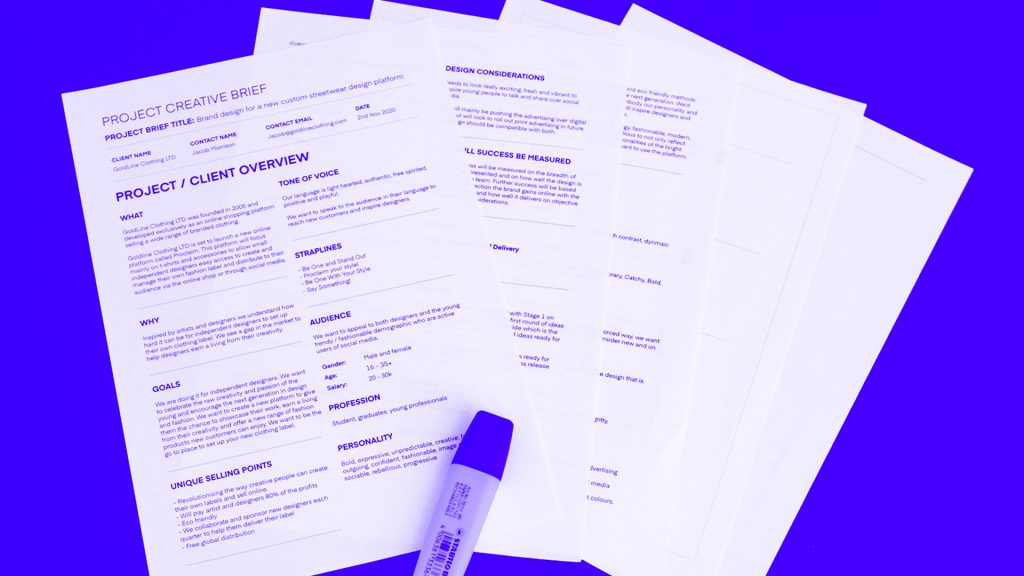
Now not every brief will be the same and some terminology and structure will vary. However, every brief will cover the same base criterion. A typical brief should include all relevant information to a project and brand that a designer needs to understand the context, requirements and needs of the project.
Want to take a closer look at the design brief?
Use the link at the bottom of this page to access free examples and more.
Why is the brief so important?
The brief is key to the development and success of a project. The more detailed and thorough the initial design brief, the more potential the designer has to find a creative solution to the design problems required by the project.
One of the most frustrating things that can happen to a designer is having to create work without being given an adequate design brief. This can delay the process and misguide the designer. The client will likely be dissatisfied with the creative solution presented to them, as it won’t adequately solve their initial problem. This means much time is wasted by miscommunication and numerous amendments being made that could have been avoided if an adequate brief was provided at the start of the project. This is a bad scenario to find yourself in and an absolute nightmare for most designers.
A well outlined and detailed brief helps a designer stay focused on the goal of the project. It also acts as a reference for the duration of the project and can be used to support design decisions made, should there be any questions or disputes.
Open and closed design briefs
Typically, a design brief will be either open or closed. Understanding the difference can help you choose briefs that require the amount of creative freedom you wish to have on a project.
Open briefs generally allow for more creative freedom than closed briefs. These types of briefs won’t go into too much details of what design solution is required, allowing for wider creative possibilities. An open brief requires a lot of time to be spent researching and developing many design ideas, concepts and routes.
In contrast, a closed brief will be very specific and perhaps require the designer to work within already established brand guidelines and graphics. This type of brief may not go so far as to tell you what your design should look like, but it will state what the solution should be. Much of the concept design has already been done in closed briefs. Due to the restrictions and limitations of a closed brief, less time may be spent producing the work to already established design criteria.
Whether open or closed, both brief types provide designers with a degree of direction that, no matter how simple or complex, guide the designer in the right direction.
Now you may ask why you would need to know if the brief is open or closed. The answer is it helps you understand the amount of work required from you and how much creative freedom you will have on a project. Perhaps you prefer to work on projects that allow for maximum creativity where you can take ownership of a project and create a solution from scratch. Or maybe you prefer the guidance and direction of closed briefs. Understanding the difference between the two types and being able to identify each will help you find the work you want to do.
Personally, I prefer to take on open briefs where I can really take ownership of the project. When presented with a project, either by my agents or a client directly, I’ll ask “is the brief open or closed?”. This helps me get a better understanding of the role and the kind of work I’d be doing and decide if it’s something I wish to go ahead with. Identifying early on if the project is right for you will not only save both you and the client time, but it will also allow you to have more control of the projects you take on.
Download here
Access the design brief downloadable folder, including design brief examples and templates from the FREE GDS resource library.
Related
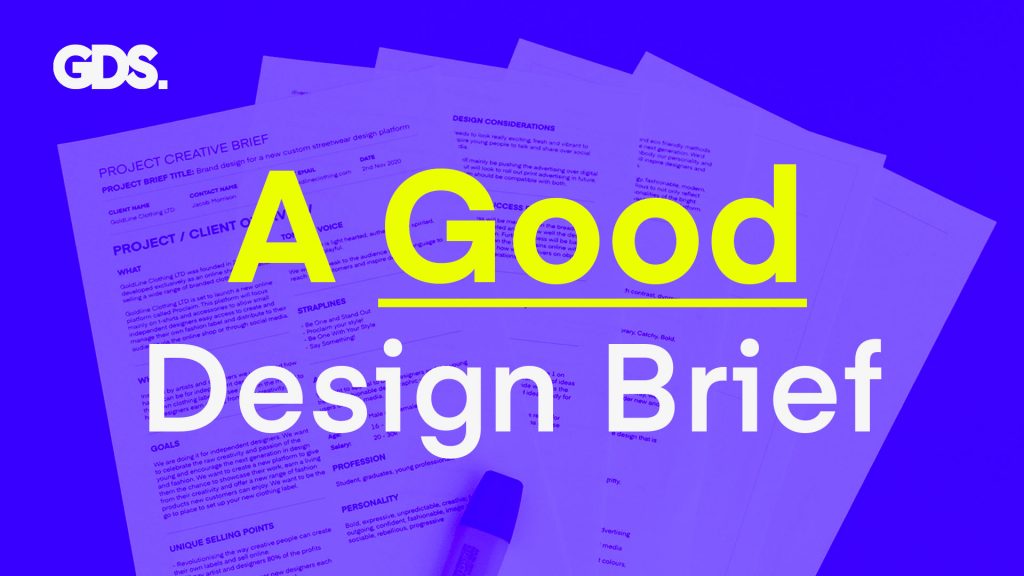
What Makes A Good Design Brief
It’s not enough to simply have a design brief. You want to have a good design brief to ensure the most appropriate design. Find out what it is that makes a good design brief.



